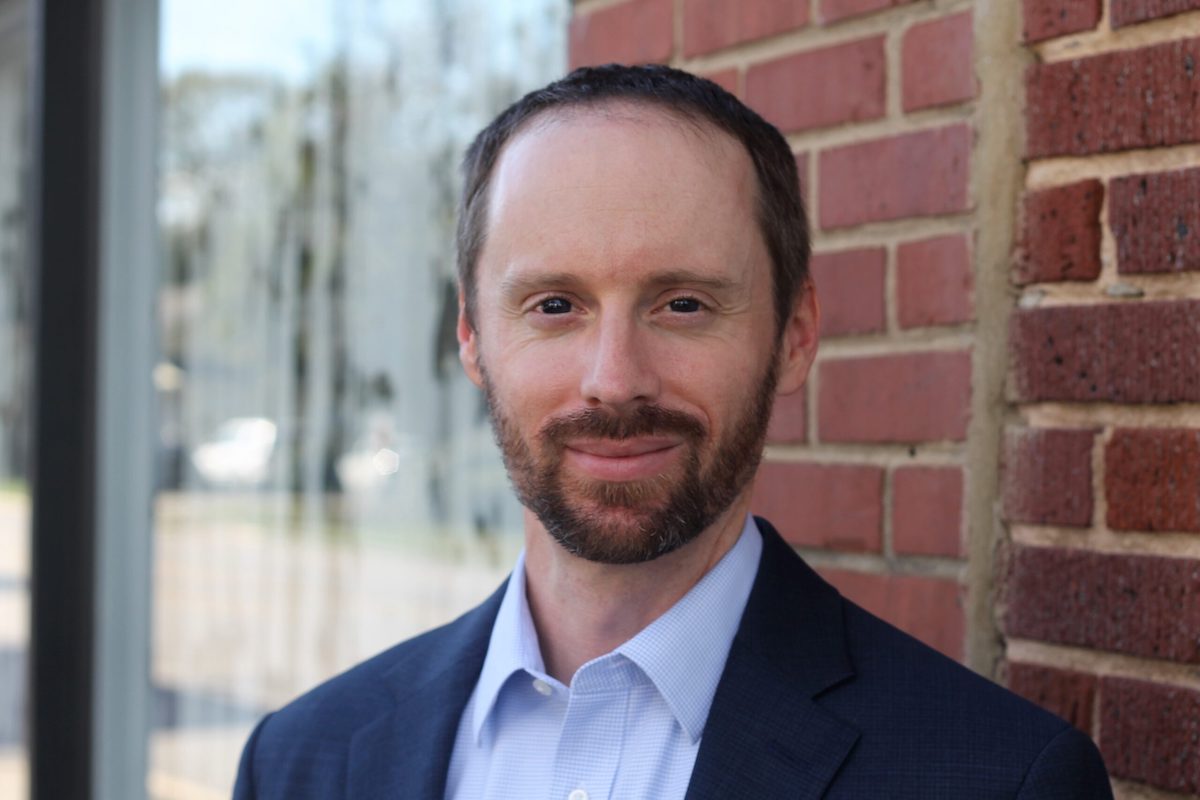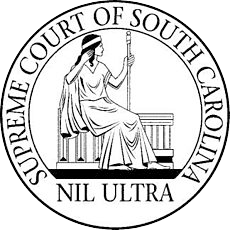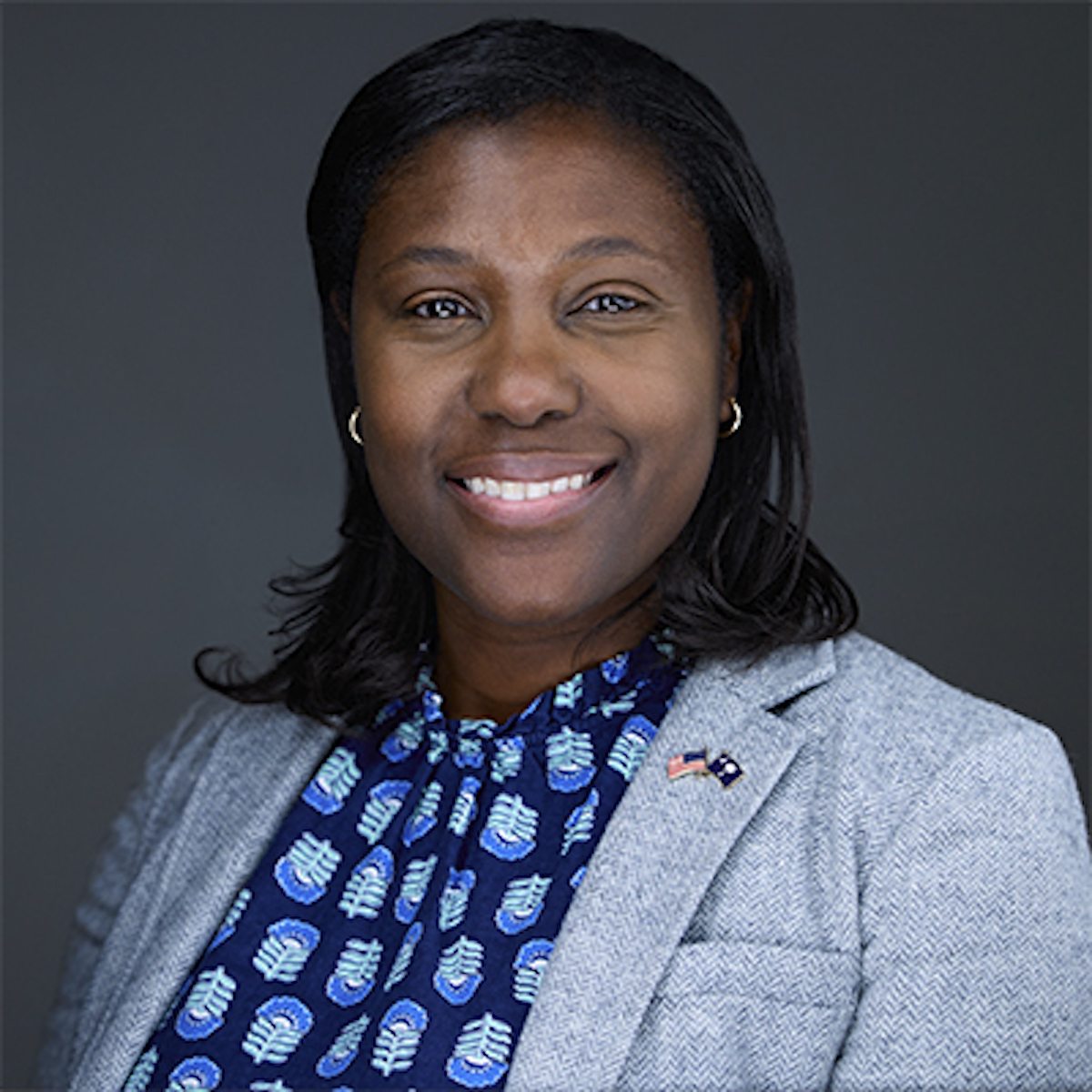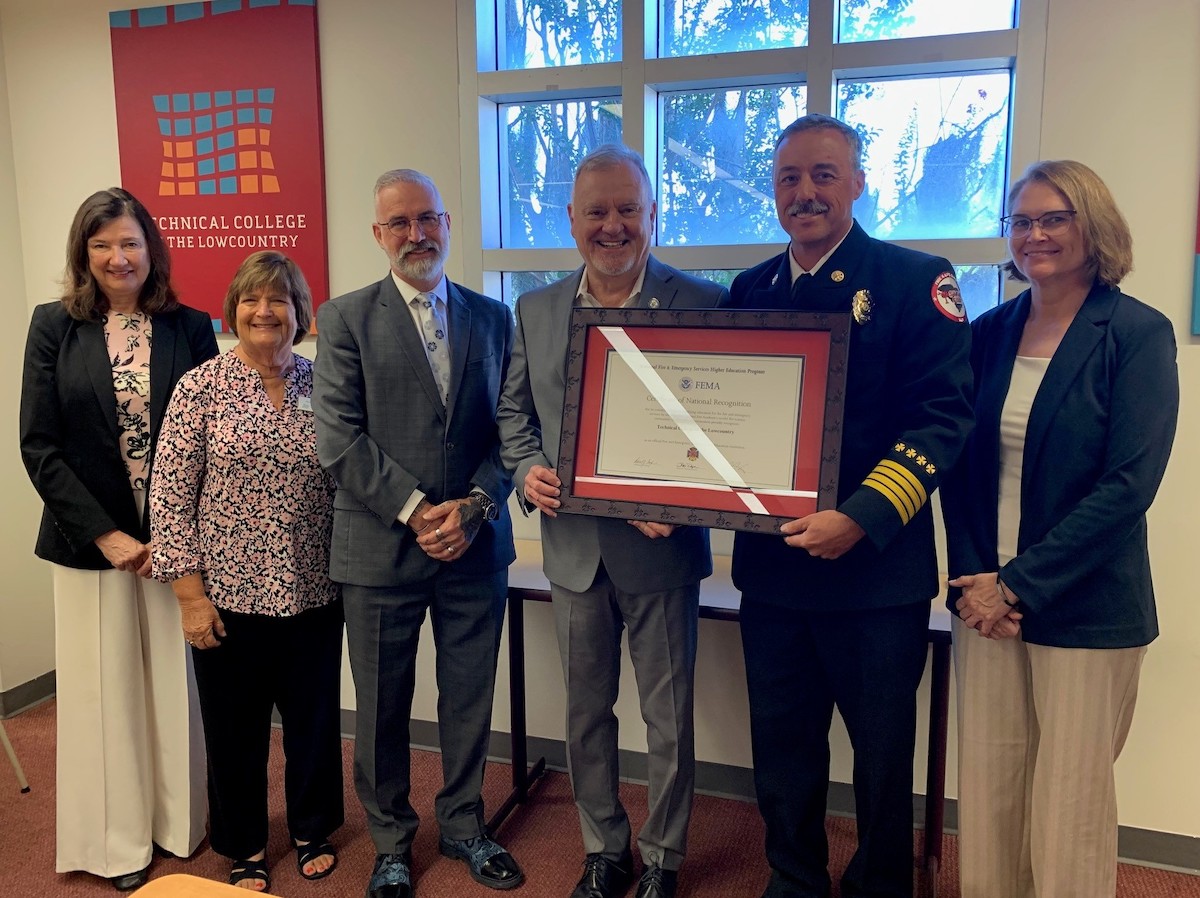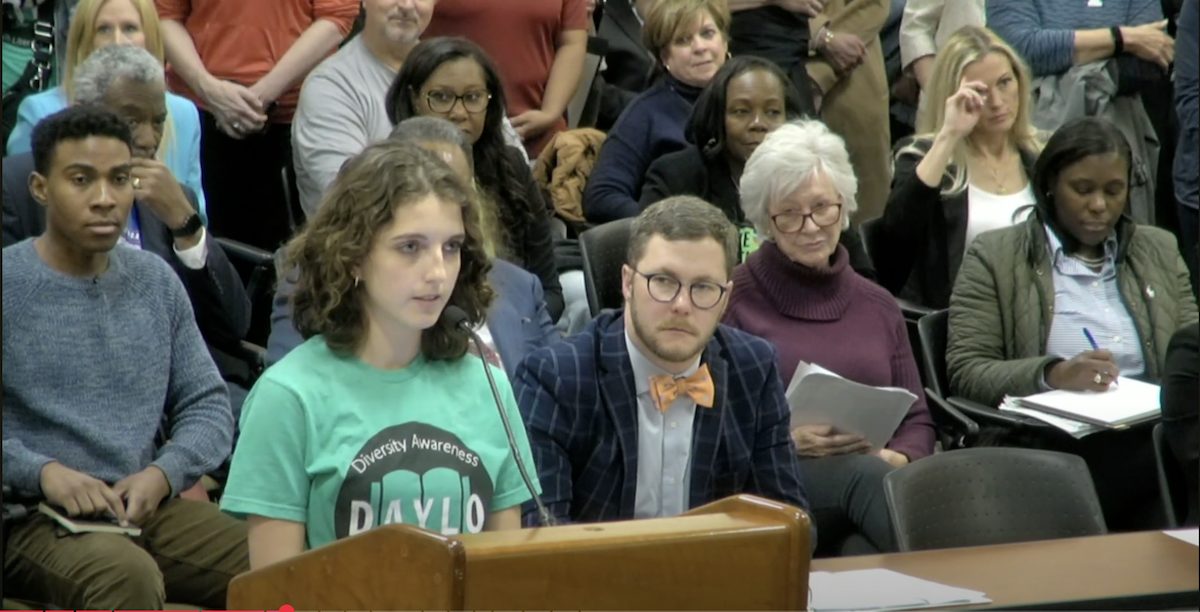A decade of requiring teachers to use pre-packaged lessons has resulted in worse scores, not better
By Patrick Kelly
The recent release of the 2024 South Carolina School Report Cards marks the start of an annual debate over the future direction of K-12 education.
Unlike most recent releases, this year’s results show signs of promise, most notably the reduced number of schools receiving an “unsatisfactory” rating. However, even causes for celebration are tempered by the reality that too many children are still not reaching their full academic potential.
In the era of accountability in education, such results are supposed to lead to change.
After teaching for 20 years in South Carolina, I have gone through more than a few accountability-fueled shifts in policy and pedagogy. The effects of these changes are typically mixed, but there is one change I have found to be universally harmful to educational improvement efforts — the push to ensure new policies and processes are implemented “with fidelity” in schools.
At its most basic, this push claims that all schools can achieve outstanding results if educators simply follow, with fidelity, the precise steps necessary to implement the latest, greatest, and often priciest “research-based” curriculum and instructional materials.
In its most extreme form, the “with fidelity” movement requires teachers to read from a daily script without the ability to deviate from prepacked instructional pacing and materials.
The first time I truly encountered this movement was during a fellowship with the U.S. Department of Education from 2015 to 2016. I experienced a lot of change while working under three different secretaries of education, but one of the constant refrains was the belief that teaching “with fidelity” presented the key to unlocking educational excellence for every child.
Since moving back home from Washington, I have seen — and continue to see — the “with fidelity” model used in schools across South Carolina.
While teachers universally object to the approach as stifling staff creativity and student engagement, defenders claim it holds the key to improved student test scores. I reject the premise that the sum of educational achievement can be captured in a single score. But test results can offer some important insight.
After a decade of teachers being micromanaged and required to teach to the script, test results compellingly show the systemic failure of teaching “with fidelity.”
For example, in 2016, 22% of South Carolina third graders scored “does not meet” on the math portion of the S.C. Ready assessment. In 2024, that number had grown to 24%. Nationally, in 2015, 40% of fourth-grade students scored at or above the “proficient” level on the National Assessment of Educational Progress in reading. In 2022, only 36% of students scored at or above proficient.
Even in areas with notable improvements in test scores, it is impossible to attribute those gains to “fidelity” to a curriculum package.
For example, state leaders have associated the implementation of the LETRS (“science of reading”) program with recent improvements in SC READY English language arts scores.
LETRS, however, is not a curriculum package to be taught with fidelity. Instead, it focuses on providing teachers with strategies to help students master the “fundamentals of reading and writing.” In effect, this approach provides teachers with an instructional toolbox from which to choose, whereas the “fidelity” movement believes every teacher must use the same tool in the same way on the same day.
This is why abandoning the fidelity model is the lesson I believe state and local leaders should take from the latest school report card release.
That decision rests at the heart of the aptly titled “Let Teachers Teach” policy recommendations recently released by the Louisiana Department of Education. This report calls for providing more personalized professional development and support for teachers instead of relying on requirements for teachers to “read verbatim from teaching manuals.”
The evidence of recent years support this approach, and so do the experiences of generations of students.
I do not remember a single textbook or curriculum that was used during my time as a K-12 student. But I remember scores of incredible teachers who helped me grow.
What stands out about these teachers is how different they were in their instructional approaches, whether it was the structure and routine in Mrs. Albert’s calculus class or the creative chaos and object lessons in Mr. Davis’ economics course.
These teachers were artists, not robots. And their ability to exercise their artistic license in their classrooms created rich, engaging, and transformative learning experiences. Ultimately, the only thing my best teachers followed with “fidelity” was their commitment to meeting their students where they were to help them get to where they wanted to go.
So, this accountability season, elected officials and education leaders would do well to repurpose holiday season wisdom from Dr. Seuss: Maybe great teaching doesn’t come from a prepackaged curriculum bought from a store. Maybe great teaching, perhaps, takes a little bit more.
Patrick Kelly is the director of governmental affairs for the Palmetto State Teachers Association. He has taught in Richland School District 2 since 2005, and he served on the 2023 South Carolina Teacher Recruitment and Retention Task Force.

